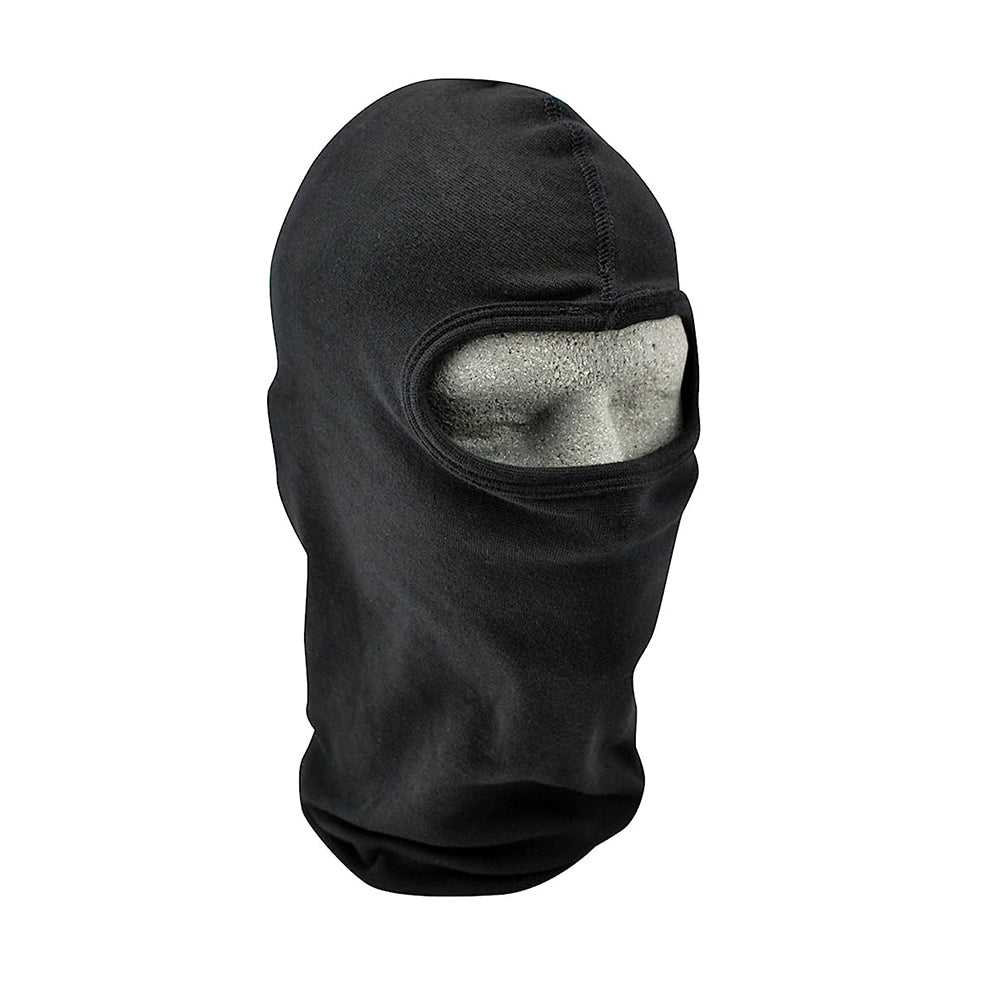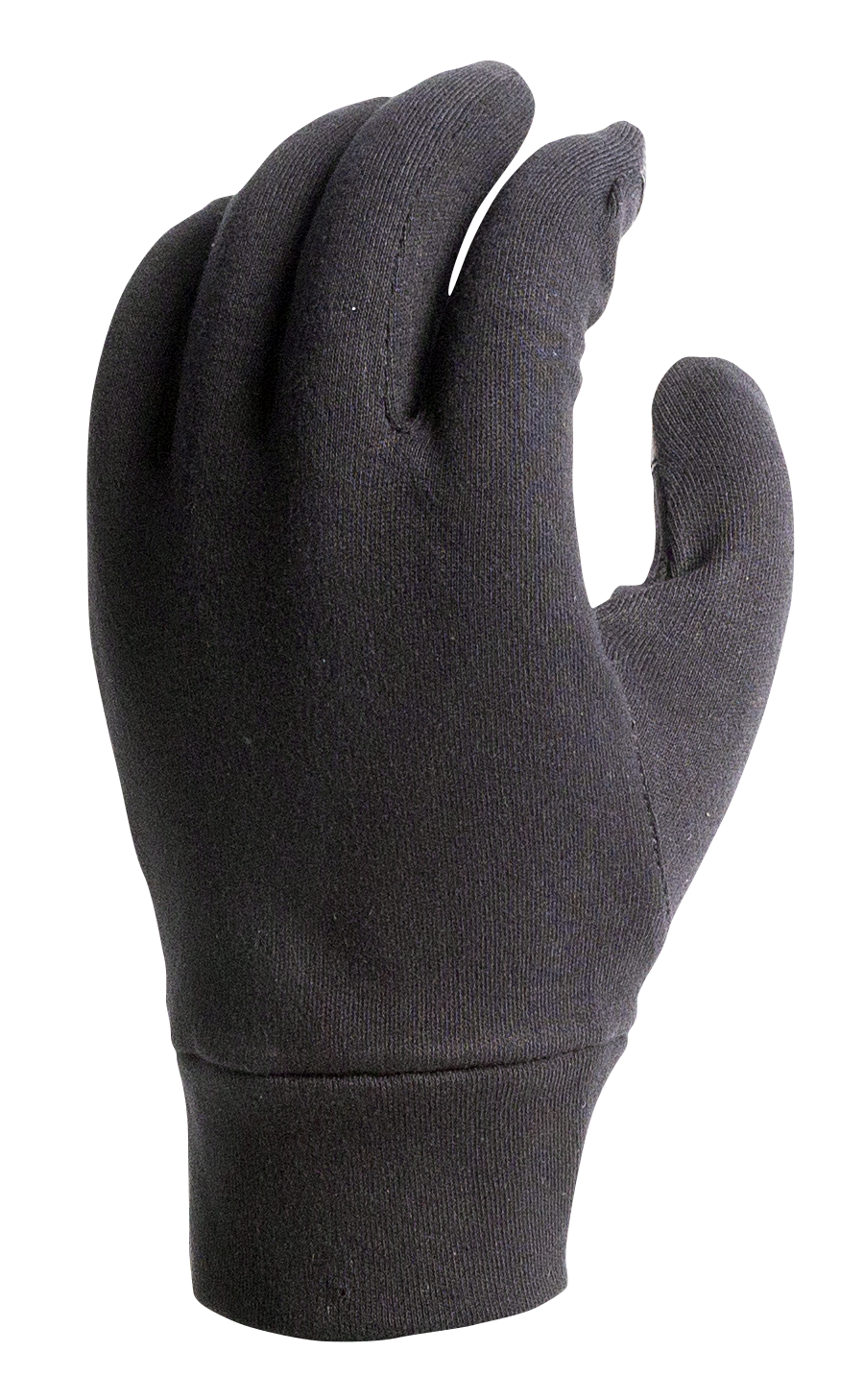Introduction
So, you’re staring out the window at a grey sky, a hint of frost clinging to the edges, and thinking, “Is it crazy to go motorcycling in winter?” Not at all! In fact, ask any die-hard rider, and they’ll tell you there’s a special kind of magic to carving up the road when everyone else is huddled by the heater. Sure, your breath fogs up your visor, and your hands might lose feeling faster than you can say “thermal gloves,” but the rewards are aplenty—empty twisties, crisp air, and the undivided attention of the open road.
But, let’s not sugarcoat it: riding in winter comes with its own bag of tricks, from icy surprises to slippery patches. Whether you’re a seasoned road warrior or a curious rookie, mastering motorcycling in winter is all about preparation, the right kit, and a dash of good old-fashioned grit.
Ready to roll? Let’s break the ice on everything you need to know to keep your wheels spinning and your spirits high until spring!
Why Ride in Winter? The Unexpected Joys
If you’re asking yourself, “Why would anyone even consider motorcycling in winter?”—well, pull up a chair. Here’s what the cold months have to offer:
- Clear Roads: With most folks leaving their bikes in the garage, traffic’s lighter and scenic routes are blissfully quiet.
- Sharper Skills: Handling your motorcycle in less-than-ideal conditions makes you a better, more mindful rider. Every ride is a masterclass.
- Epic Scenery: Crisp mornings? Frosted fields? That low, golden winter sun? It’s like riding through your own personal snow globe—minus the snow, if you’re lucky.
- Cool Factor: Let’s face it—there’s something undeniably tough about rolling into a café with icicles dangling from your jacket!
Gearing Up: Winter Riding Essentials
Before you even think of turning that ignition, it’s time to rethink your wardrobe. Motorcycling in winter is no place for half-measures. Here’s the kit that separates the shivering from the grinning:
Head to Toe: What to Wear
- Helmet with Pinlock Visor or Anti-Fog Insert: Nothing kills the mood like a fogged-up visor. Invest in anti-fog technology—your eyes will thank you.
- Thermal Base Layers: Don’t skimp here! Layer up with moisture-wicking thermals to keep the warmth in and sweat out.
- Insulated, Waterproof Jacket and Pants: Opt for gear with a removable thermal liner and proper waterproofing—wet AND cold is a recipe for misery.
- Heated Gear (Jackets, Gloves, Socks): Plug in and bliss out. Heated gear is a game changer when temperatures plummet.
- Winter Riding Gloves: Look for windproof, waterproof, and insulated. Bonus points for gauntlet-style cuffs.
- Neck Tube or Balaclava: Stops that sneaky wind from trickling down your neck.
- Thick Riding Socks and Insulated Boots: Toasty toes make for happy rides. Make sure boots are waterproof too.
Pro Tip:
Throw a pair of disposable hand warmers in your pockets or gloves for emergency warmth on those bone-chilling days.
Call our expert team or contact us online if you need help selecting the right gear for your winter ride!
Bike Prep: Winterizing Your Ride
You wouldn’t run a marathon in flip-flops, so don’t send your bike into battle unprepared. Here’s how to winter-proof your machine for the coldest rides:
- Check Your Tires: Cold rubber loses grip. Make sure your tires have adequate tread and, if possible, switch to winter or all-season tires designed for lower temps.
- Battery Health: Batteries hate the cold. Ensure yours is charged and in good nick—consider a trickle charger if your bike sits for days between rides.
- Fluids: Use winter-grade oil if your manual recommends it. Check coolant/antifreeze levels too.
- Lubricate Everything: Chains, cables, locks—cold and wet conditions mean more friction and corrosion.
- Lights and Indicators: Days are shorter. Make sure all your lights are bright and clean.
- Keep it Clean: Salt and grime can quickly eat away at your bike. Rinse after rides and apply anti-corrosion spray.
Staying Safe: Winter Riding Strategies
Motorcycling in winter isn’t just about staying warm—it’s about staying upright. Here’s how to keep things rubber-side down:
The Golden Rules
- Slow Down and Smooth Out: Icy patches, wet leaves, and cold tires mean less grip. Brake gently, accelerate smoothly, and avoid sudden movements.
- Increase Following Distance: Double your usual gap. Stopping takes longer on slick surfaces.
- Stay Visible: With less daylight and more grey days, wear reflective gear and keep your lights on.
- Be Wary of Black Ice: Shady spots, bridges, and early mornings are prime times for invisible ice. If it looks shiny, take it easy!
- Plan Your Route: Stick to main roads. They’re usually salted and cleared first.
- Keep an Eye on the Weather: Don’t be a hero—if there’s heavy snow or ice, maybe swap the bike for a hot chocolate.
Motorcycling in Winter: Tips for the Truly Committed
If you’re going to brave the cold, you may as well do it right. Here’s some lesser-known winter wisdom from seasoned ice warriors:
- Warm Up Before You Head Out: Not just your bike—do some stretches, get the blood flowing. Cold muscles react slower.
- Use Your Core: Tense your midsection when hitting bumps or rough patches. It helps keep you stable and balanced.
- Avoid Puddles: They could be hiding potholes, ice, or both. No surprises, please!
- Carry Emergency Supplies: A small kit with a flashlight, phone charger, zip ties, and a first aid kit can be a lifesaver.
- Check Your Insurance: Make sure you’re covered for winter riding. Some policies have sneaky exclusions.
Top Winter Riding Gear to Consider
If you’re in the market for some new kit, here’s what should be on your shortlist this winter:
- Heated Grips: Once you’ve tried them, you’ll wonder how you survived without.
- Waterproof Saddlebags or Tail Bags: Keep your gear dry and your snacks un-soggy.
- Quality Rain Suit: For those “surprise” showers or snow flurries.
- Portable Tire Inflator: Cold weather can drop your tire pressure fast.
- Anti-Fog Spray: A quick fix for visors and glasses.
Motorcycling in Winter: FAQs
Is it safe to ride a motorcycle in winter?
It can be, as long as you’re dressed appropriately, your bike is well-maintained, and you respect the limits of grip and visibility. Always check the weather before heading out.
What temperatures are too cold for motorcycling?
There’s no hard cut-off, but temperatures below 5°C (41°F) increase the risk of ice. If it feels unsafe—or you can’t stay warm—it’s too cold.
Do I need special tires for winter riding?
If you ride regularly in sub-zero temps, winter or all-season tires are a smart investment. For occasional cold snaps, just ensure your current tires are in good condition.
How do I stop my visor from fogging up?
Use a Pinlock insert, anti-fog spray, or crack your visor slightly at stops to let moisture escape.
Is winter riding bad for my motorcycle?
Salt and grime can cause corrosion—just be diligent about cleaning and lubricating your bike after rides.
What’s the best way to stay warm on long winter rides?
Layer up, invest in heated gear, and take regular breaks to warm up. Don’t underestimate the power of a hot drink!
Conclusion
Motorcycling in winter isn’t just about surviving the cold—it’s about embracing the adventure, the challenge, and those rare, breathtaking moments when the world feels almost empty and entirely yours. With the right mindset, the proper gear, and a bit of savvy, you can turn the chilliest months into your own personal riding season.
So, next time you see frost on the windshield, don’t hang up your helmet just yet. Layer up, prep your bike, and hit the road—because the best rides aren’t always saved for summer. Sometimes, the heartiest stories come from motorcycling in winter. And who knows? You might just find that the coldest days deliver the warmest memories.
Ready to ride? Bundle up, stay sharp, and let the winter winds carry you on new adventures!







